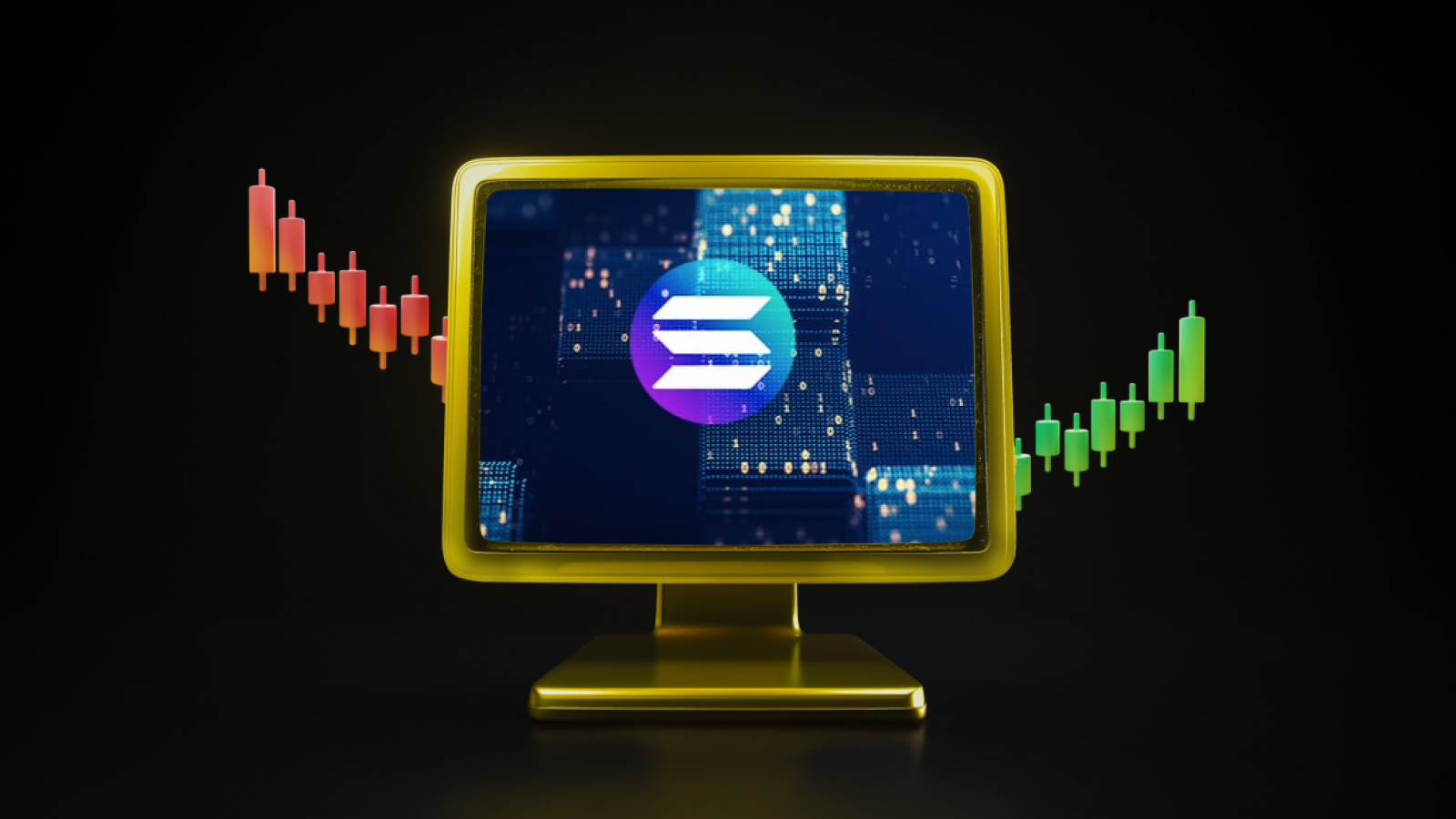Introduction
An airdrop is a method used by cryptocurrency projects to distribute free tokens to a group of users, usually as part of a marketing or community building strategy. It usually works by sending tokens directly to users’ wallets based on certain criteria, such as owning a certain coin or completing tasks such as social media engagement. Crypto airdrops are a completely legal marketing tool. Many cryptocurrency projects distribute a portion of their coins to gain adoption and recognition among users. When tokens are owned by many people, the project becomes more stable as its value is not concentrated in the hands of a few. Airdrops also act as a powerful marketing tool, drawing attention to the project as people are often eager to receive free tokens. This excitement helps raise awareness and brings new users into the ecosystem. Airdrops can also be used to reward loyal community members. However, not all airdrops are the same and their intended effectiveness may vary.
How to Participate in the Airdrop?
The first step to participate in a crypto airdrop is to meet the eligibility criteria set by the project. These requirements may vary. They can include simple actions, such as signing up, or more extensive tasks, such as promoting the project on social media. In most cases, when an airdrop is announced, attention is paid to two important dates. The snapshot is when the project team saves the list of wallets eligible for the airdrop. Therefore, you need to make sure that you meet all the requirements by then. The distribution date is the date when the tokens will be sent to your wallet, indicating the completion of the airdrop process. Staying up to date with your favourite networks on social media can help you discover new airdrops. There are various types of airdrops, each serving a different purpose. These include.
Standard airdrops
It requires users to register and offers a simple way to get tokens.
Bounty airdrops
It requires users to perform specific tasks, such as promoting the project or contributing to its development.
Holder airdrops: It rewards existing backers who already own a specific cryptocurrency, often without the need for them to take any further action.
Sweepstakes Airdrops
Some of the above airdrop types can be combined with a raffle airdrop. Typically, a project specifies the number of airdrops it plans to give out and encourages individuals to win a raffle ticket. This ticket can be earned by holding tokens, earning points, or simply expressing interest. Eventually, in some airdrops, the number of people interested often exceeds the number of airdrops the company wants to deliver. Therefore, a lottery is held and a limited number of wallets are randomly selected to receive the airdrop.
Important Airdrop Projects Likely to Happen in 2025
Pump.fun
Based in Solana, Pump.fun is a meme coin launchpad revolutionizing fair token launches through a unique attachment curve mechanism. The platform ensures secure token creation by implementing strict protocols that prevent rug-pull, and no pre-sales or team allocations are allowed. The platform has gained traction by differentiating itself in the often risky meme coin world by focusing on user safety and fair launches. While no official airdrop has been announced yet, Pump.fun said they are considering a future token launch with potential rewards for early users. This happened during the introduction of the platform’s most successful period and upgraded trading terminal, Pump Advanced. The team could reward early platform users by proposing a potential retroactive airdrop for active participants.
Monad
EVM is a cutting-edge Layer 1 blockchain that powers the Ethereum blockchain and all the networks built on top of it. This approach enables Monad to support all existing Ethereum smart contracts and applications without any modifications. This compatibility is crucial to foster adoption among Ethereum developers, who can migrate their applications to Monad with ease and without facing interoperability issues. However, Monad is working on building a more modern version of EVM from the ground up. This is to address EVM’s shortcomings that lead to scalability and performance issues on the Ethereum blockchain, as well as relatively high transaction costs
Monad Labs recently closed a $225 million funding round led by Paradigm. Traditionally, L1 blockchains like Monad create a native token so that investors can recoup their investment and users can have an asset to pay for transactions. This is exactly the broader strategy Monad is currently pursuing to move from the testnet to the mainnet. While the upcoming Monad airdrop will generate significant buzz, details are still vague and hard to come by at the moment. Currently Monad is working on a testnet and the mainnet is expected to launch in 2025.
Eclipse
Eclipse is Ethereum’s first Layer 2 powered by the Solana Virtual Machine. Combining the security and deep liquidity of Ethereum with the speed and efficiency of Solana, Eclipse creates a unique hybrid solution that addresses the scalability challenges faced by decentralized applications. By leveraging a novel structure, Eclipse enables unprecedented throughput while maintaining full verifiability on Ethereum. This technical achievement allows developers to build high-performance applications that can scale massively without compromising security or decentralization. The platform’s integration with the Ethereum ecosystem ensures that developers and users have access to the network’s extensive liquidity while enjoying Solana-level performance. A unique aspect of Eclipse is the implementation of turboETH (tETH), a unified rebuild token that aggregates yields from major Ethereum protocols into a single user-friendly asset. This innovative approach to yield generation demonstrates Eclipse’s commitment to simplifying complex DeFi mechanics for everyday users.
While Eclipse has not officially confirmed an airdrop, there is speculation about a potential token distribution based on early user engagement and ecosystem participation. Given the project’s significant technological advancement and support, early adopters who engage with the platform could be positioned for a possible retroactive reward. The speculative airdrop criteria focuses on active participation in the Eclipse ecosystem. Users who network ETH, mint turbo ETH and interact with various applications in the Eclipse ecosystem can be considered for any future token distribution. As with many Tier 2 airdrops, early and consistent participation can be key factors in determining eligibility.
Berachain
Berachain is an EVM-compliant blockchain implementing a Proof of Liquidity (PoL) consensus mechanism. Built on the Polaris framework and the CometBFT consensus engine, Berachain aims to create alignment between network validators and ecosystem projects. The project has raised $140 million in funding from notable investors such as Polychain Capital and dao5
The V2 Bartio testnet was launched in mid-2024, with further development expected in 2025. Berachain has confirmed the launch of their native token BERA. The project is currently running an incentivized testnet campaign where users can participate in various events. However, for the airdrop, farmers need to participate in the Berachain v2 Bartio testnet events. They will also need to use and explore ecosystem dApps through Berachain. Berachain’s liquidity-driven model also addresses a critical challenge in DeFi, making it an attractive project for airdrop enthusiasts. Additionally, Berachain has partnered with Stakestone for a pre-deposit campaign that offers additional opportunities for early participants.
Abstract
Abstract is an Ethereum L2 designed for consumer-facing applications across DeFi, Social Fi, NFTs and more. Abstract is built on top of Ethereum using ZK Stack. Abstract leverages advanced zero-knowledge cryptography to create a scalable blockchain that looks and feels like Ethereum, but with lower costs and higher throughput. Abstract does not yet have its own token but has launched a testnet bridge. Users who interact with the testnet bridge can receive an airdrop if they launch their own token. Its main network, also contributed by Pudgy Penguins and Ethereum, is scheduled to launch in January 2025. To participate in Abstract’s airdrop, interested investors need to join the waiting list for the Early Bird Badge. They also need to hold Pudgy Penguins NFTs and participate in cross-chain testing
Bonus
Opensea
As the largest NFT marketplace in the Web3 ecosystem, OpenSea facilitates peer-to-peer trading of non-fungible tokens (NFTs). Launched in 2017, the platform supports various NFT categories including digital art, gaming items, collectibles and virtual real estate across multiple blockchains such as Ethereum, Polygon and Solana. The platform has processed billions of transactions and serves millions of users worldwide. Its infrastructure supports both primary NFT sales and secondary market trading, giving creators and collectors the tools to mint, list and trade digital assets. The brand is currently working on the relaunch of OS2.
While OpenSea has not officially announced a token, speculation in the crypto world has begun about a potential token launch, especially with the upcoming OpenSea 2.0 release. The biggest speculation about an OpenSea token airdrop, however, comes from a recent application for an “OpenSea Foundation” in the Cayman Islands. At the same time, the platform recently opened a waitlist for its 2.0 lifecycle, indicating that significant platform improvements are underway. Active NFT investors and early OpenSea 2.0 waitlist transactions are following patterns seen in token launches of other major Web3 platforms where any token is taken for launch.





